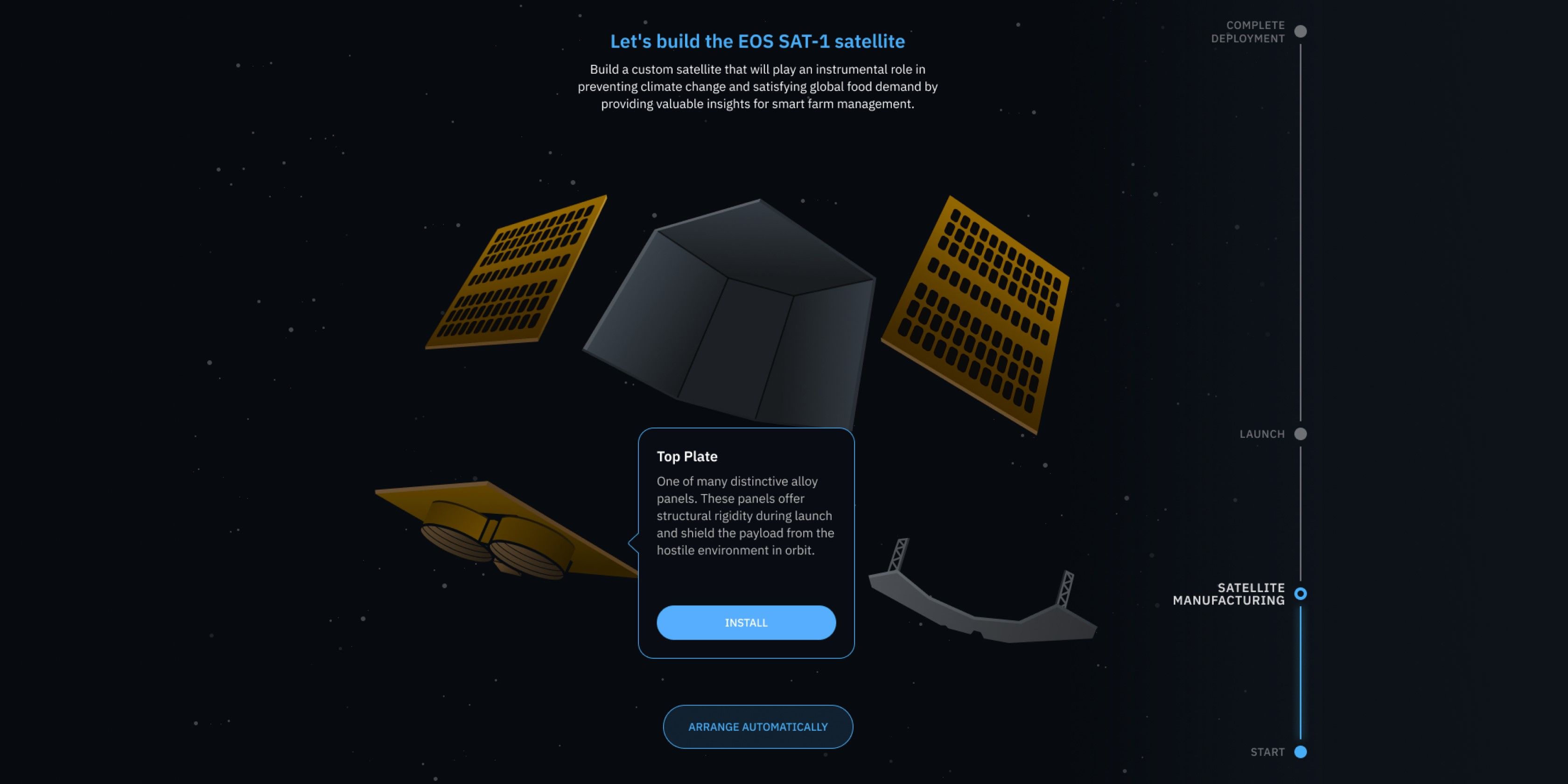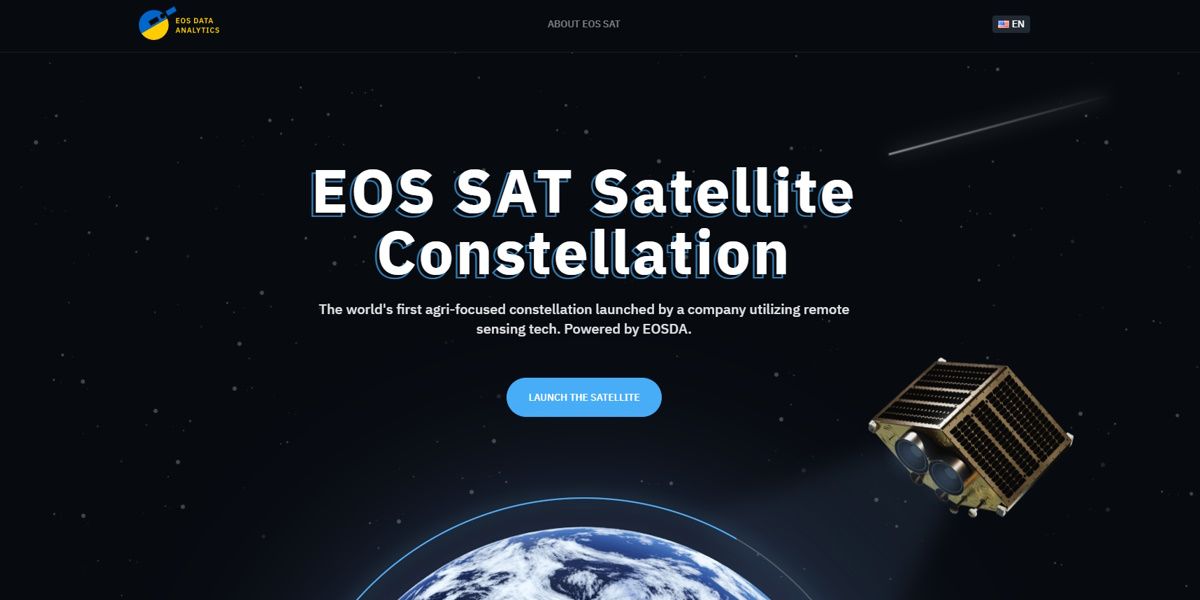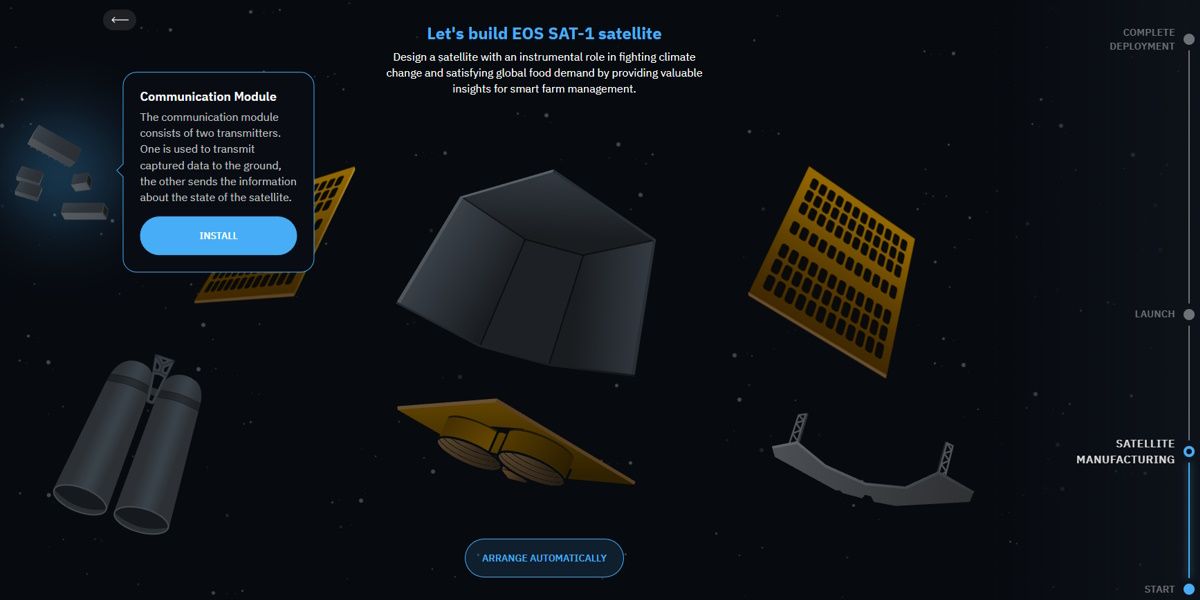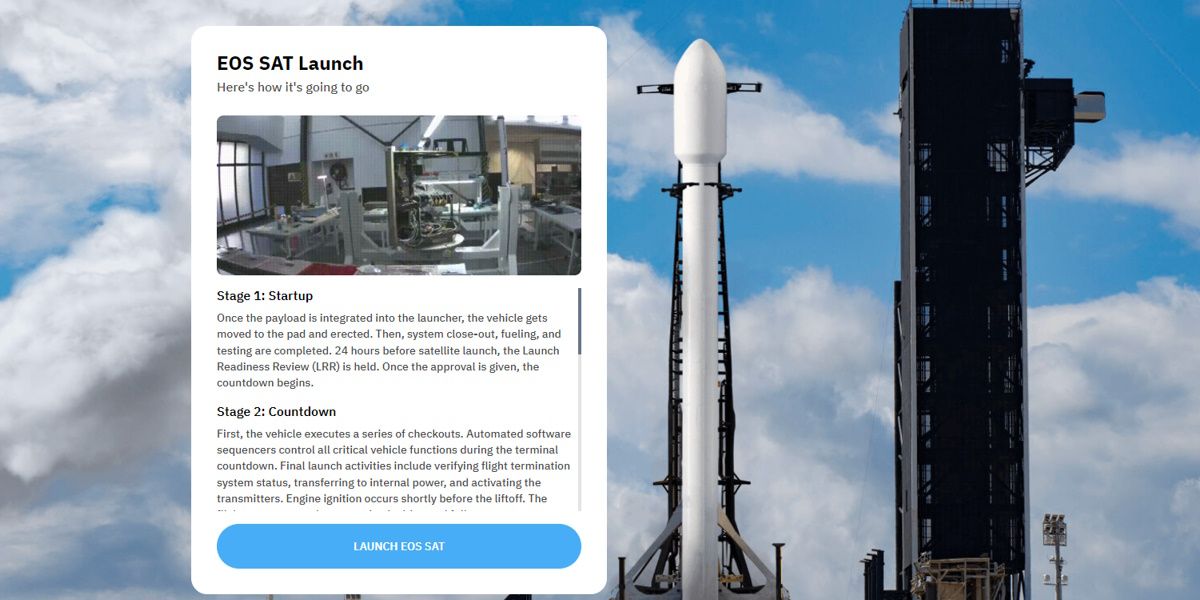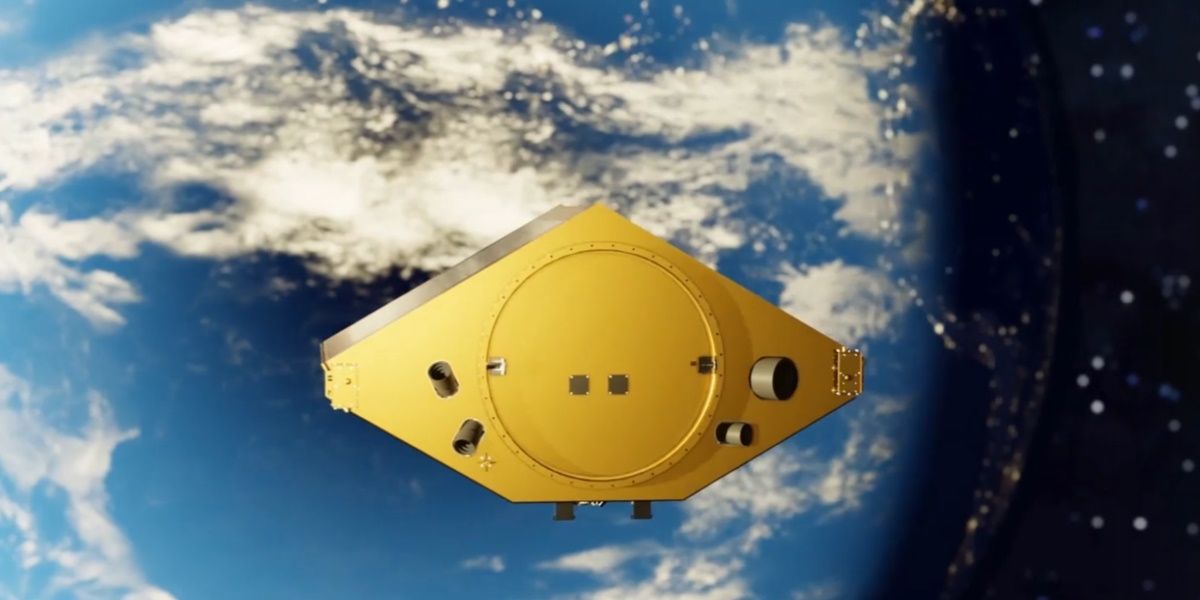It’s impossible to argue that satellites aren’t essential in the modern world. They power data services, provide vital research resources, and even protect the country you call home. But how much do you really know about these elusive sky-dwelling machines?
There were more than 5,000 satellites in low Earth orbit at the start of 2022, but information about their design and purpose is hard to find. EOS Data Analytics aims to change this with its virtual satellite builder.
What is EOS Data Analytics?
Starting operations in 2015, EOS Data Analytics (EOSDA) is a California-based satellite data analytics solutions provider. The company specializes in agriculture and forestry, working with governments, businesses, and scientific outfits to provide data analysis in more than 22 different fields.
AI-powered algorithms sit at the heart of EOSDA’s work. Relying on this technology makes it possible to analyze huge areas of land without significant resource or human costs. Of course, you’re here to learn about building your virtual satellite.
The EOS SAT-1 Virtual Satellite Builder Website
The EOSDA virtual satellite builder website aims to provide accessible information about the company’s hardware and software capabilities in an interactive setting. To keep things interesting, the information you will learn is split into three sections; the satellite build, the launch process, and the impact of each satellite.
The Satellite Build/Manufacturing Process
This build process is based on the EOS SAT-1 satellite. You will learn about the five key components of building one of these dependable satellites, providing a baseline knowledge of how modern satellites work. This includes the solar panels, communication array, and other pieces of the EOS SAT-1 puzzle.
The Satellite Launch Process
Launching a satellite into low Earth orbit is just as challenging as launching anything into space. This section of the EOSDA’s virtual satellite builder provides detailed information about each stage of the launch process, from pre-launch reviews to collecting the boosters once they land. Once you’re ready to launch, you will be treated with a launch sequence animation as your satellite blasts into orbit.
The Impact of Each EOS SAT Satellite
Each EOS Data Analytics satellite plays a vital role in data analysis and research in one of five key areas that are most helpful to planet Earth. The EOS SAT-1’s capabilities go beyond this, but you can read more on the company’s website to learn about its full scope.
- Climate Change: Monitoring land around the world is a crucial element of climate change prevention. The EOS SAT-1 can provide a range of data about the land it analyzes, including weather information and greenhouse gas emissions.
- Deforestation: Thanks to their dense nature, forests can be hard to visit and assess. The EOS SAT satellite constellation can keep a close watch on forests around the world to monitor deforestation patterns.
- Soil Degradation: Soil degrades over time, but it isn’t easy to see this from the ground. EOSDA’s satellites, starting EOS SAT-2 and next satellite, will use three SWIR spectral bands to measure different aspects of soil quality.
- Food Crisis: Monitoring crop shortfalls and providing the right resources to farmers is crucial to keeping everyone fed. Satellites make it much easier to predict problems with food production before they cause larger issues.
- Water Scarcity: Like food shortages, avoiding water scarcity is usually a matter of smart planning. EOSDA can monitor land and predict water scarcity issues, enabling countries and cities to plan ahead for shortages.
This barely scratches the surface of what you can learn through the EOSDA fun and interactive virtual satellite builder. Check out the website for yourself to learn more.
The EOS SAT Satellite Constellation
2023 has been an exciting year for EOSDA, with its first EOS SAT-1 satellite taking to the sky at the start of the year. The satellite features 11 spectral bands (excluding SWIR) to analyze land across the globe.
Of course, though, one satellite doesn’t create a full-blown constellation, and this is just the start of EOSDA’s plans. By 2025, the company aims to have seven EOS SAT satellites in low Earth orbit, all generating panchromatic and multispectral imagery for research purposes.
This constellation will cover an impressive 98.5% of the world’s farmlands and forests, collecting data from every country. This will be limited to monitoring between 8.6 and 9.4 million square kilometers per day, but the technology has the potential to monitor as much as 12 million square kilometers.
But how does this work as a business? End-users will be able to request analytics results in 16–24 hours from the moment of data generation. Each task’s overall length will depend on its requirements, but a countrywide analysis could take up to four days.
Technology like this is vital to the future of humanity on Earth, and companies like EOS Data Analytics are making it more accessible than ever before.
Build Your Own EOS SAT-1 Satellite
Building a real satellite is more complicated than throwing together a few parts. In fact, the EOS SAT-1 has taken many years to develop to its current stage. This tool provides a fun way to learn about the technology that is carrying humanity forwards, though, making it great for kids and adults alike.

